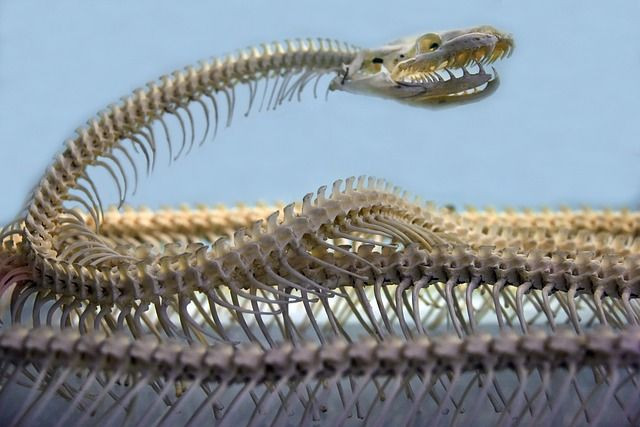Revealed! Researchers Decode Mystery Of Flying Snakes

KEY POINTS
- 3D model confirms "aerial undulation" as the key to snake flight
- Paradise tree snake is the only known limbless flying vertebrate
- Without the typical motion, the snake would just tumble headlong
The paradise tree snake, the only flying snakes in the world, has always fascinated scientists with its ability to glide from tree to tree. Though the characteristic motion, known as "aerial undulation", was long considered to be the secret behind the flight, researchers have discovered the biodynamics by feeding the movement to a 3D model.
Jake Socha, one of the foremost experts on the paradise tree snake, and his team at the Virginia Tech analyzed the Southeast Asian reptile's movements in a camera-fitted hall to explain the rare locomotion. The professor of biomedical engineering and mechanics has proved that aerial undulation had a functional role to play.
Socha assembled an interdisciplinary team that developed the first continuous and anatomically accurate 3D mathematical model of the paradise snake in flight. The team included Shane Ross, a professor in the Kevin, T. Crofton Department of Aerospace and Ocean Engineering, and Isaac Yeaton, a mechanical engineering doctoral graduate.
They came up with a 3D model after evaluating more than 100 live glides. The model factored the frequencies of the undulating waves, forces acting on the body and the mass distributions. The researchers would use these to initiate virtual experiments to investigate aerial undulation.
The goal of the study, published in Nature Physics, was to learn why undulation was a part of every glide and ascertain what would happen if it was not present.
When the virtual flying snake was not aerially undulating, the body began to tumble. When the test paired with simulated glides maintained the undulation waves, it confirmed the hypothesis that the aerial undulation enhances the rotational stability within flying snakes.
In one of the featured projects, Socha made the most of a motion capture system. The team was able to move the cameras around and optimize their position for the snake's path.
In virtual experiments, the model also showed that undulation not only kept the snake from tipping over during glides; it also increased the travel's horizontal and vertical distances.
© Copyright IBTimes 2024. All rights reserved.




















